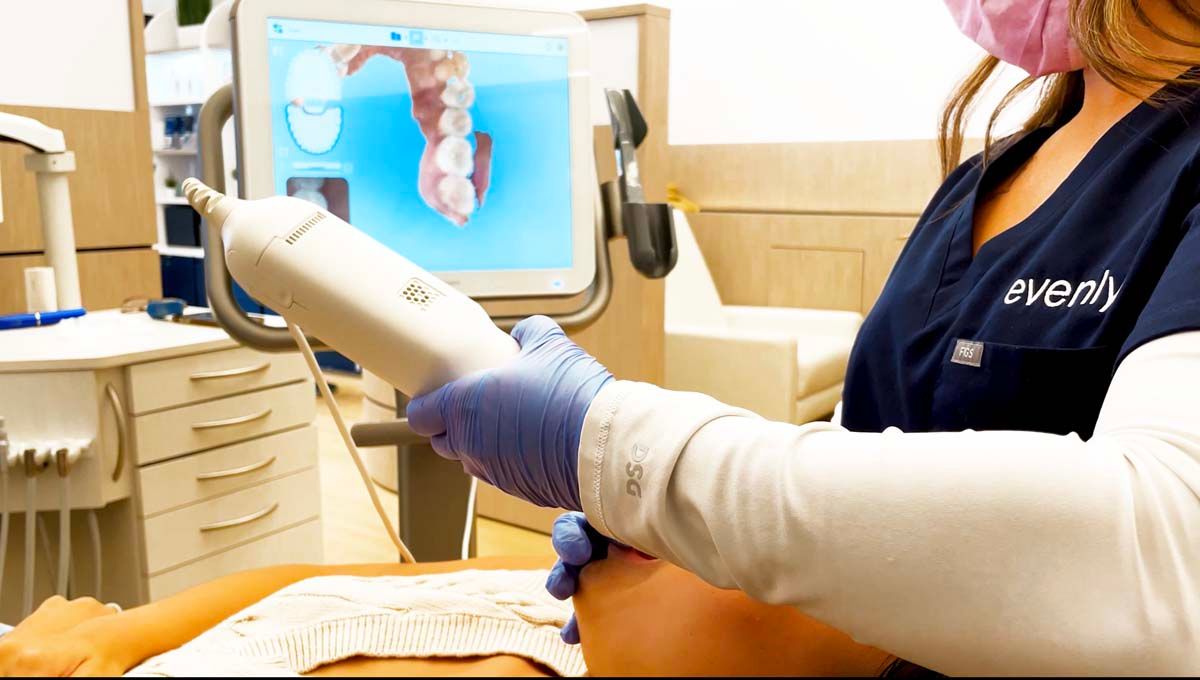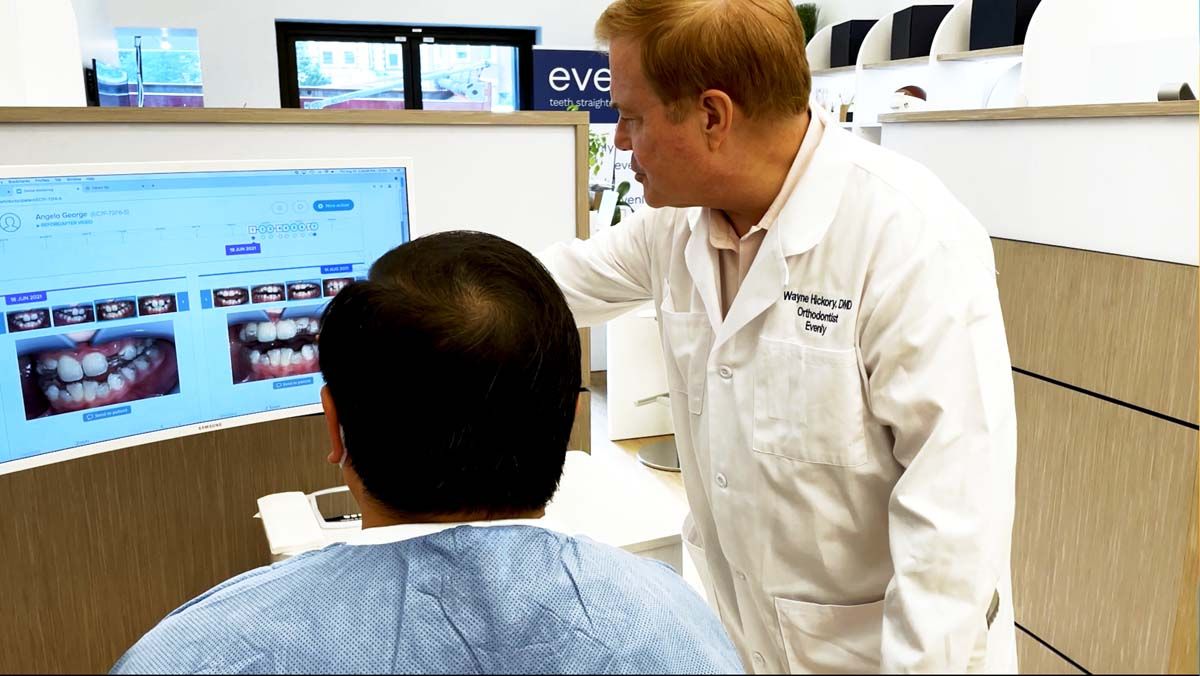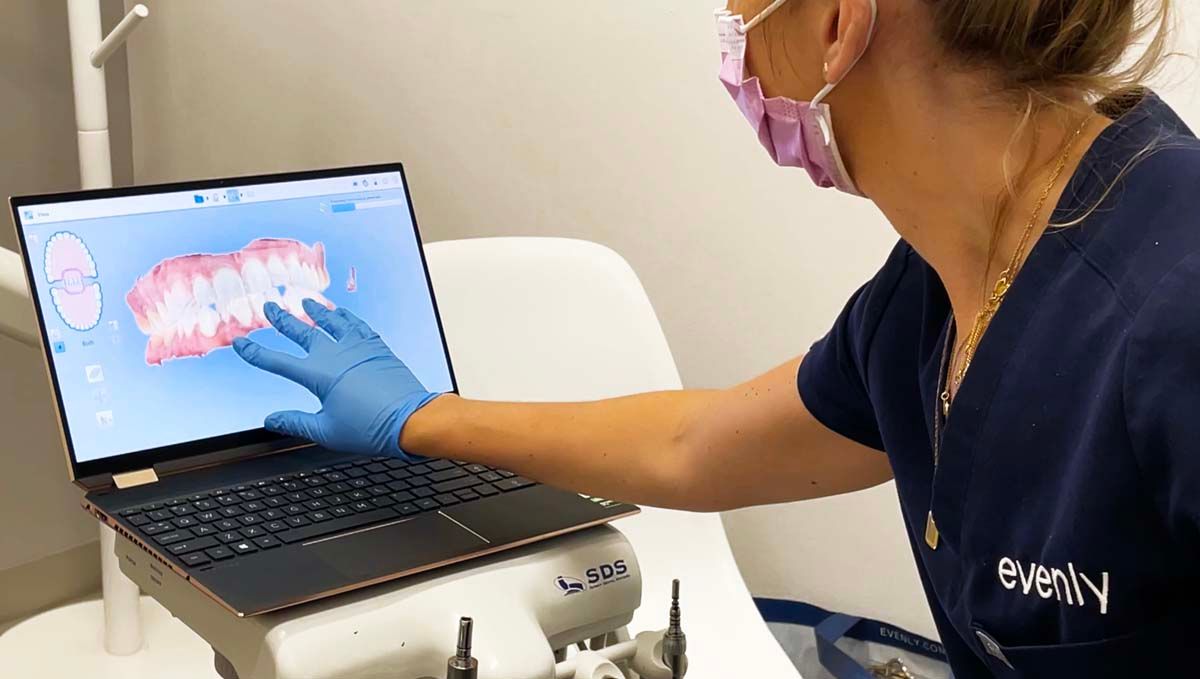Evenly Technologies Shares More Insight on Clear Aligners
In this sidebar, part of the November/December DPR cover story, Evenly Technologies explains how possible pitfalls develop when patients and clinicians skip orthodontics when planning restorative dentistry.
Evenly Technologies Shares More Insight on Clear Aligners | Image Credit: © Evenly Technologies

Information provided by Evenly Technologies
Technology has changed radically, especially over the last few years. Aligner treatment goals and design are now done remotely on a computer model. Evenly Technologies’ advanced digital modeling enables dentists to accurately render a patient’s new smile before they even begin treatment, according to Barry J. Beck, CEO of Evenly Technologies.
A draft of the treatment is provided by technicians, based on the doctor’s prescription and preferences. If needed, the doctor can then make as many modifications as necessary to provide the patient with the exact smile they wish to achieve. Although experienced practitioners can achieve great results with traditional metal braces, aligners allow doctors to target a predetermined goal where every tiny amount of movement is 100% useful, requiring no estimated movements; the movements all happen at the same time versus in stages. Braces are a series of estimated adjustments and re-evaluations where treatment is accomplished in stages. Today, many cases can be treated more accurately and faster with aligners rather than braces with no broken wire emergencies or dietary restrictions.
Wayne Hickory, DMD, MDS, MS, chief medical officer, reviewing a clear aligner treatment plan. | Image Credit: © Evenly Technologies

How It Works
Evenly’s expert treatment coordinator (TC) comes to each dental office equipped with a portable scanner and provides a free consultation to every patient, including a 3D scan, and then presents a treatment projection overseen by Evenly’s expert orthodontists. The TC is in communication with an orthodontist as needed. The Evenly orthodontist creates a custom clear aligner orthodontic treatment plan and Evenly delivers the aligners to the patient at the dental office and guides interproximal reduction and attachments. Then Evenly sets the patient up on a remote management platform for convenient weekly check-ins with the Evenly team. At the end of treatment, Evenly provides treatment closeout and free retainers.
To read the November/December cover story: First, Get It Straight click here.
Wayne Hickory, DMD, MDS, MS, chief medical officer of Evenly Technologies, says there are pitfalls when patients and clinicians skip orthodontics when planning restorative dentistry.
“One of the most common dilemmas is a patient wanting or needing veneers for upper anterior teeth while there is an inadequate overjet,” Dr Hickory explains. “The ability to make the veneers an ideal height is greatly limited due to occlusal interferences. This increases the risk of breakage of the veneers or opposing teeth, especially if the patient forgets to wear a nightguard. Of course, it is difficult to unwind restorative work to perform orthodontics afterward.”
In the past, doing restorative work without addressing orthodontic problems was more defensible because many adult patients were not receptive to braces, he says.
Expert treatment coordinator reviewing a customized patient treatment plan. | Image Credit: © Evenly Technologies

“Today, we have the technology and experience to make clear aligner orthodontics a much easier experience, including home time and evening only options, along with the use of remote monitoring to reduce office visits to as few as 3 visits throughout the entire treatment,” Dr Hickory adds.
He suggests dentists consider 4 questions before performing a restorative procedure:
- Will the restoration limit the ability to do orthodontics in the future?
- Is the occlusion preventing the fabrication of an ideal restoration?
- Will the occlusion reduce the longevity of the restoration?
- Are tooth positions negatively affecting tooth sizes and symmetry?

259 Prospect Plains Rd, Bldg H,
Cranbury, NJ 08512
All rights reserved.